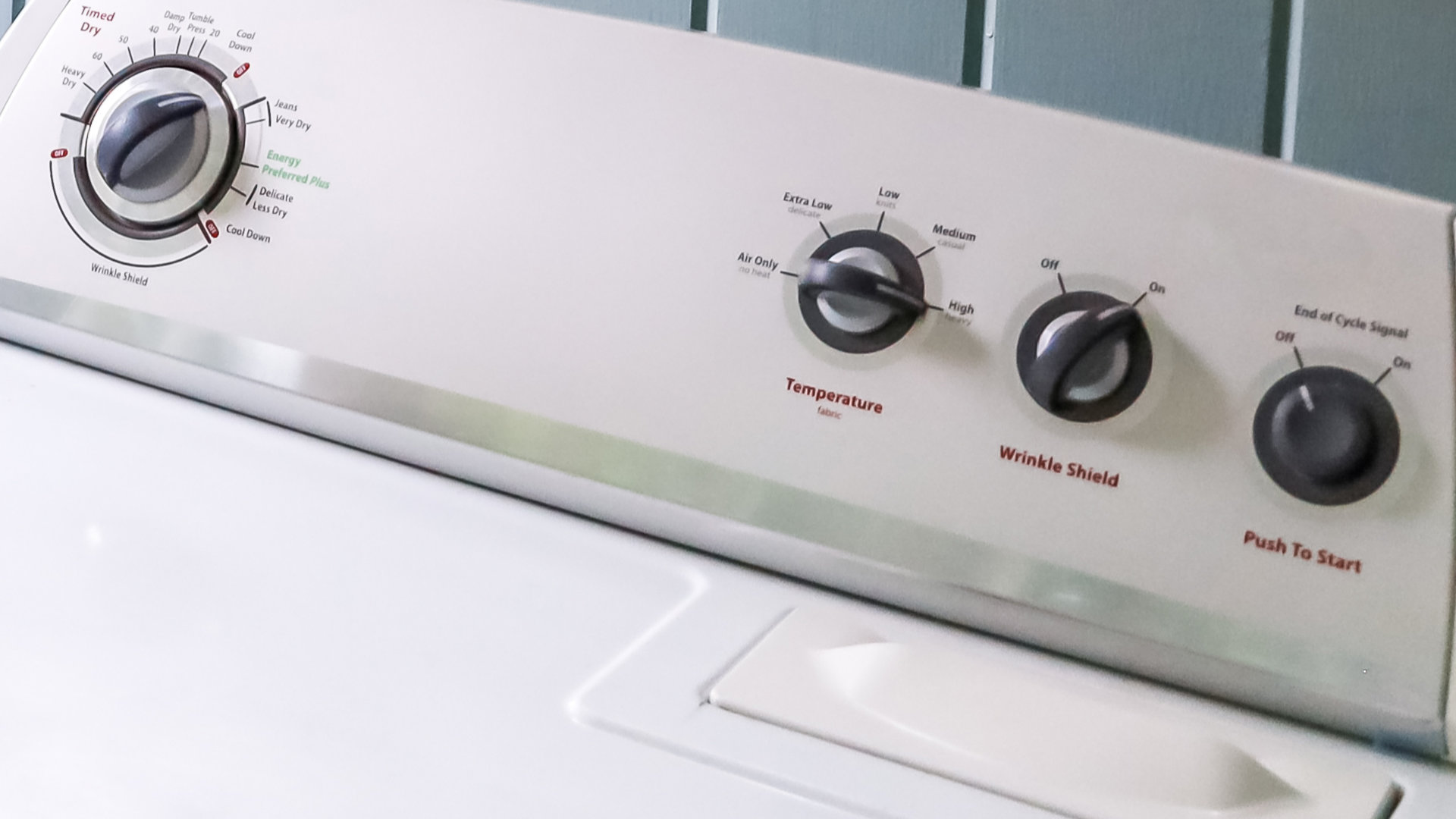
If your LG freezer isn’t freezing, you’re in the right place.
In this article, we will give you step-by-step instructions for how to check all of the main components in your freezer that are the most likely causes of your freezer not freezing.
This guide covers most LG refrigerator/freezer models, including:
LFX21976ST
LFX25950SB
LFX25950SW
LFX25950TT
LFX25976ST
LFX25991ST
LFX28978SB
LFX28978SW
LFX28979ST
LFX31925ST
LFX31935ST
LFX31945ST
LMX25984SW
LMX25986ST
LMX28988SB
LMX28988ST
LMX28988SW
LRDC22743ST
LRDC22744ST
LRSC26980SB
LSFS213ST
Condenser Coils
The best place to start is to check the condenser coils. The purpose of the coils is to dissipate heat when refrigerant goes through them. If they get dirty or freeze over, your freezer won’t be able to freeze properly.
Here’s how to check the condenser coils:
- Switch the power to the refrigerator unit off.
- Pull your refrigerator out from the wall.
- Remove the lower back panel (if your refrigerator unit has one).
- Locate the condenser coils.
- Check the coils to see if they are dirty or covered in ice. If dirty, give them a good clean. If frozen over, leave your freezer switched off so they can defrost. If they are not dirty or frozen, move on to checking the next component.
- Once cleaned or defrosted, put your refrigerator back together, turn on the power, and check if the problem has been solved (you will need to wait a couple of hours to find out). If not, move on to checking the next component.
Temperature Control Thermostat
The temperature control thermostat monitors the temperature in your freezer and then directs the right amount of voltage to the evaporator fan motor, the compressor, and, if your fridge has one, the condenser fan motor to keep it running properly. If it becomes faulty, your freezer might not freeze.
Here’s how to check the temperature control thermostat:
- Locate the thermostat – it’s inside the fridge.
- Turn the thermostat from the lowest setting to the highest setting, and see if you can hear it click sound. If you can hear a click sound, this means that it’s working fine, and you can move on to the next step.
- If you don’t hear a click, use a multimeter to test the thermostat for continuity.
- If the test shows continuity, it is working fine, and you can move on to the next step. If it doesn’t show continuity, it will need to be replaced.
- Once replaced, put your refrigerator back together, turn on the power, and check if the problem has been solved (you will need to wait a couple of hours to find out). If not, move on to checking the next component.
Condenser Fan Motor
The fan motor in your refrigerator unit helps to distribute warm air over the condenser coils to help keep them defrosted. If the fan motor stops working, your freezer might not freeze.
Here’s how to check the condenser fan motor:
- Turn the refrigerator off at the wall, and then pull it out so you can access the back panel.
- Remove the lower back panel so you can access the motor.
- Locate the fan motor and check if you can manually turn the fan around.
- If the fan can rotate the whole way around without obstruction, this means it’s likely fine, and you can move on to checking the next component.
- If you cannot turn it around, use a multimeter to test the fan motor for continuity (you’ll need to unplug the wires that are connected to it first).
- If it doesn’t show continuity, it will need to be replaced.
- Once replaced, put your refrigerator back together, turn on the power, and check if the problem has been solved (you will need to wait a couple of hours to find out). If not, move on to checking the next component.
Start Relay
The start relay works with the start winding to make the compressor operate correctly. If it becomes defective, your freezer might not freeze.
Here’s how to check the start relay:
- Make sure the power to the refrigerator unit is still switched off.
- If you haven’t already, pull the refrigerator unit out from the wall so you can access the back of it.
- Locate the start relay (check your manual if necessary).
- Use a multimeter to check the start relay for continuity.
- If the test shows continuity, make sure there isn’t a burning smell coming from the start relay. If it is working fine and you can’t smell a burning smell coming from it, move on to the next step. If it doesn’t show continuity or you can smell a burning smell coming from it, it will need to be replaced.
- Once replaced, put your refrigerator back together, turn on the power, and check if the problem has been solved (you will need to wait a couple of hours to find out). If not, move on to checking the next component.
The Compressor
The compressor is one of the main components in your refrigerator. It is a pump that compresses the refrigerant and then circulates it through the evaporator and condenser coils. When it becomes defective, your freezer won’t be able to freeze.
Here’s how to check the compressor:
- Make sure the power to the refrigerator unit is still switched off.
- If you haven’t already, pull the refrigerator unit out from the wall so you can access the back of it.
- Remove the lower back panel if you haven’t already.
- Locate the compressor (check your manual if necessary).
- Use the multimeter to test the continuity between the electrical pins on the side of the compressor.
- If the multimeter shows an open circuit, the compressor will need to be replaced. If it doesn’t show an open circuit, it is working fine, and you can move on to checking the next component. Replacing the compressor is a difficult repair to make; only attempt it if you are experienced repairing appliances.
- Once replaced, put your refrigerator back together, turn on the power, and check if the problem has been solved (you will need to wait a couple of hours to find out). If not, move on to checking the next component.
Temperature Control Board
The temperature control board provides the required voltage to the compressor and the fan motors in your freezer. If it becomes faulty, your freezer might stop freezing correctly.
The temperature control board is difficult to test, so your best option is to simply replace it. If you’ve checked all the other components listed above, consider replacing the temperature control board, and see if it solves the problem.
Main Control Board
The main control board is very difficult to check, so your final option if you still haven’t found the cause of your freezer not freezing is to replace the main control board. Replacing the main control is quite expensive and not guaranteed to solve the problem, so you might be better off deciding to purchase a new refrigerator.

How to Reset a Whirlpool Refrigerator Ice Maker
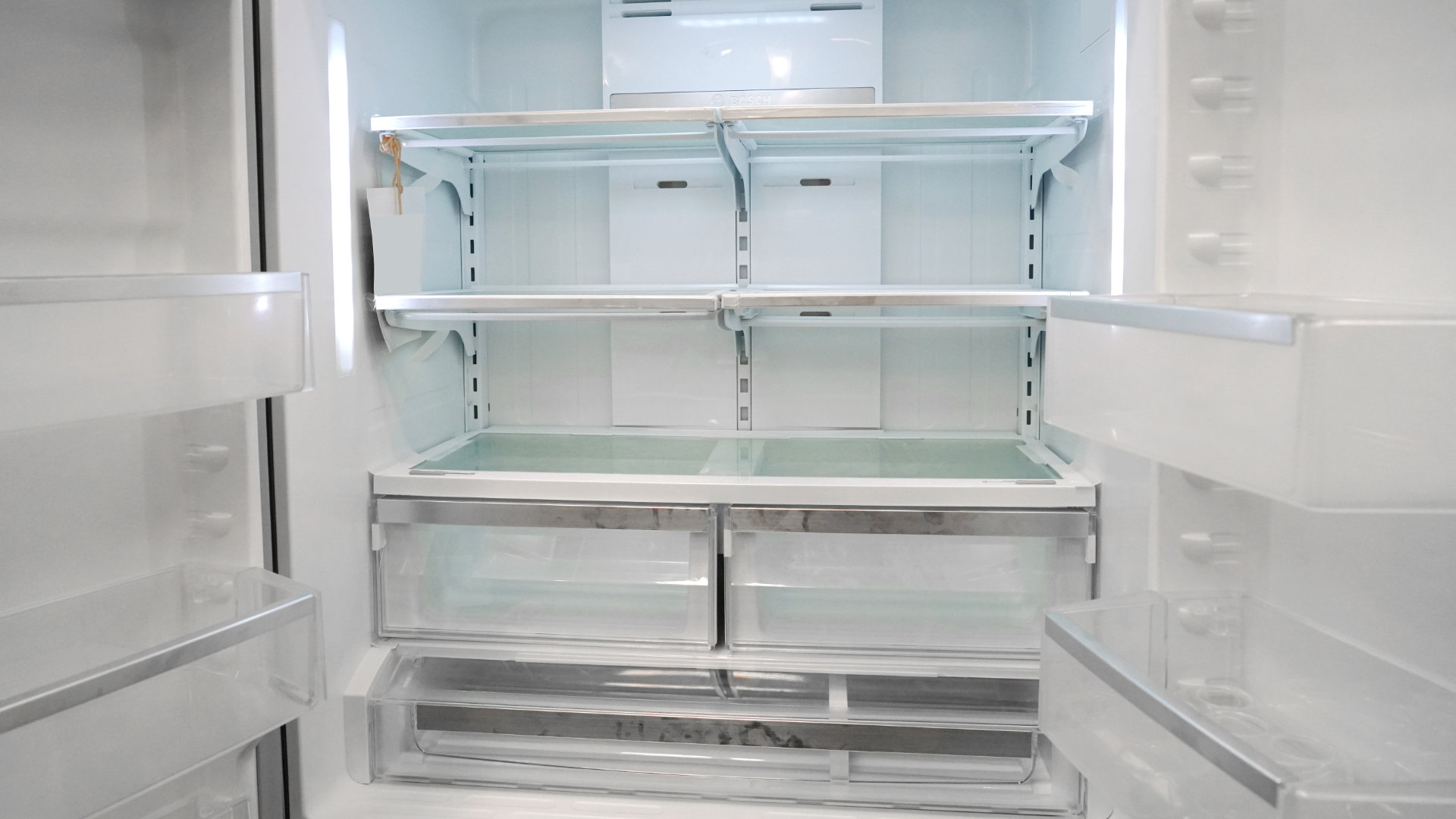
6 Reasons Your LG Refrigerator Is Not Making Ice

Kenmore Fridge Ice Maker Not Working? 5 Ways to Fix It

How to Remove Fish Smell from Your Refrigerator
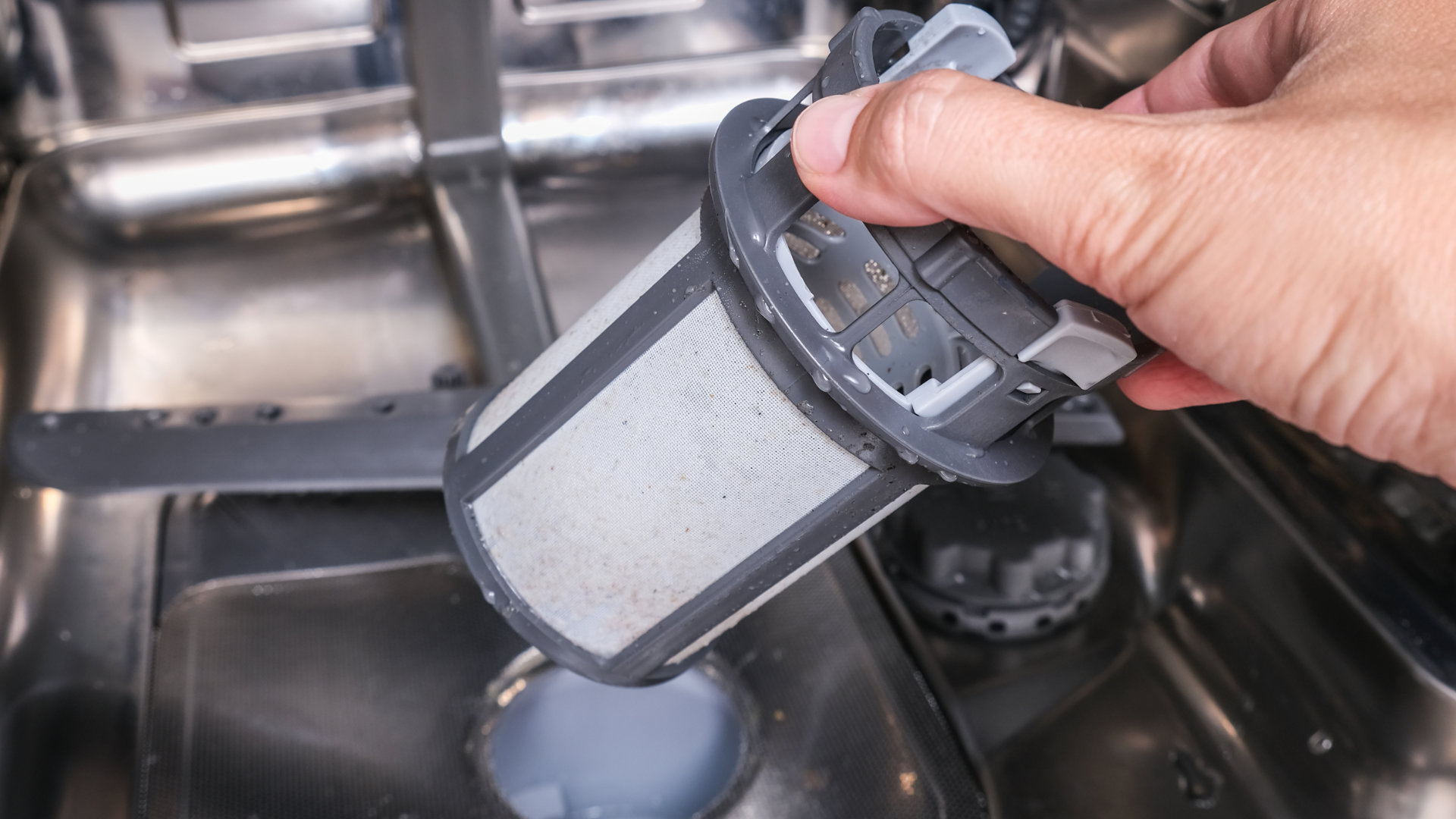
How To Fix Bosch Dishwasher E24 Error

Troubleshooting a Whirlpool Dishwasher Not Draining
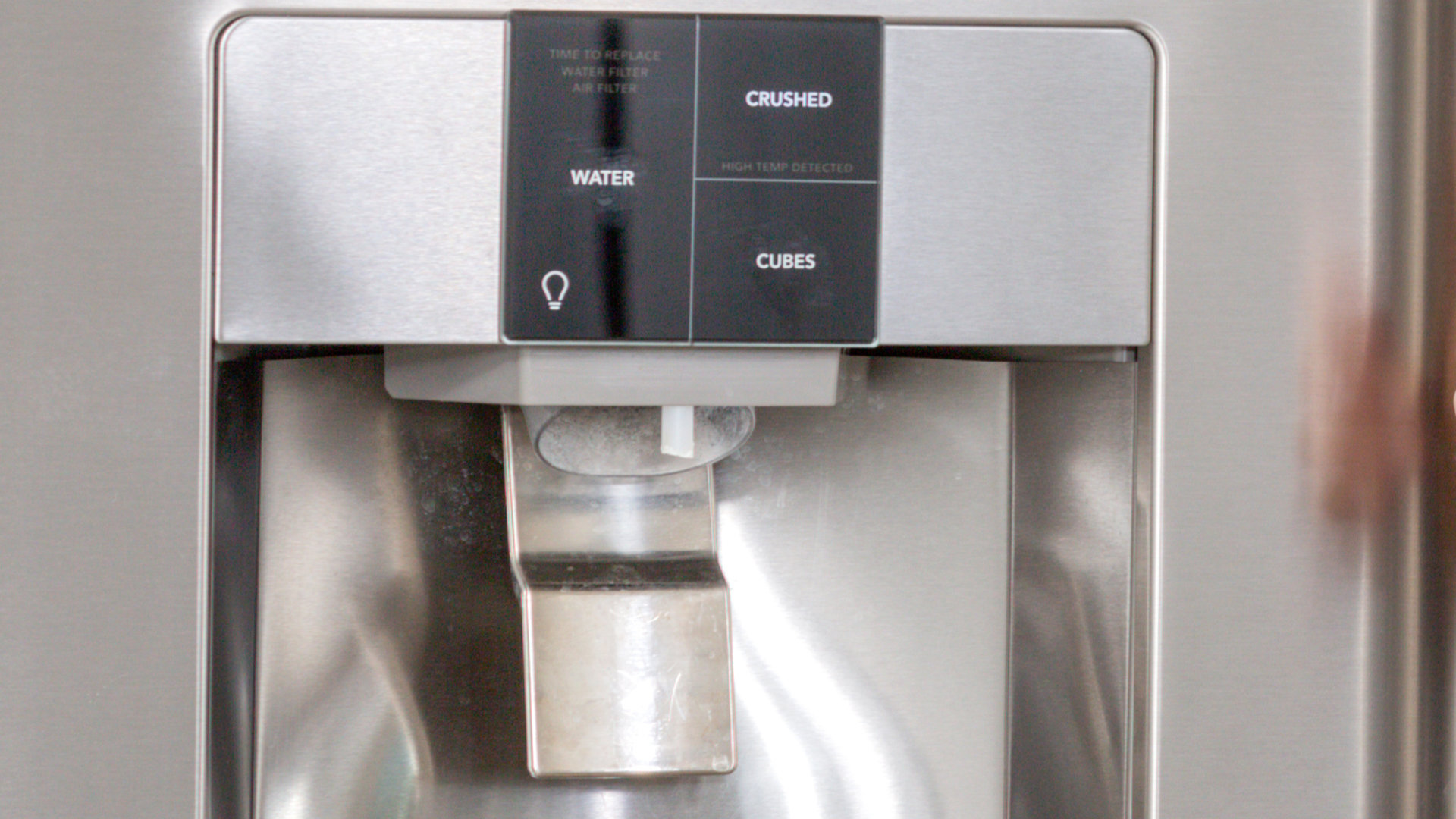
Why Is Your Fridge Water Not Working, but Ice Is?
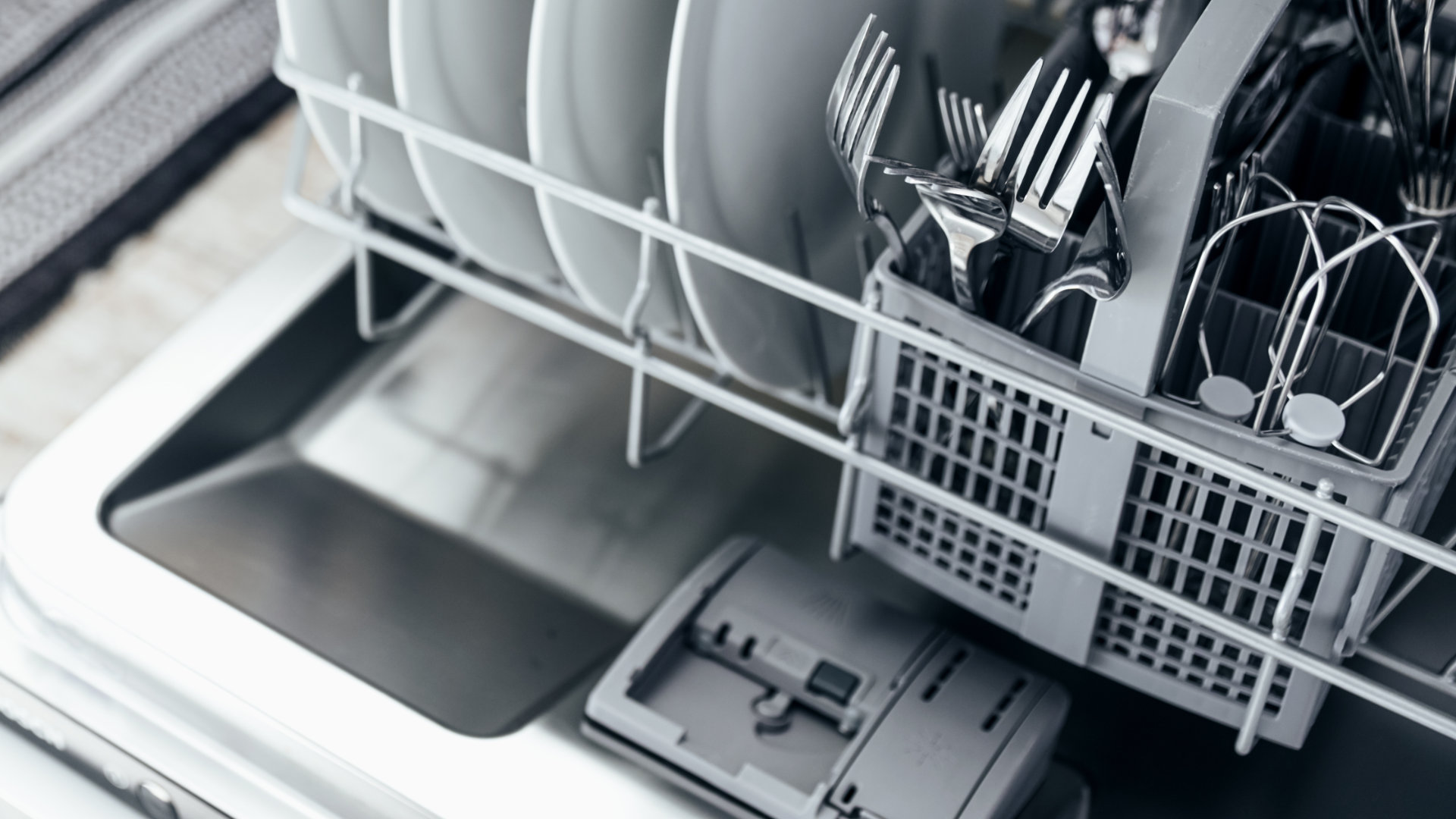
How to Fix the E15 Bosch Dishwasher Error Code

How Much Power Does a Microwave Use?
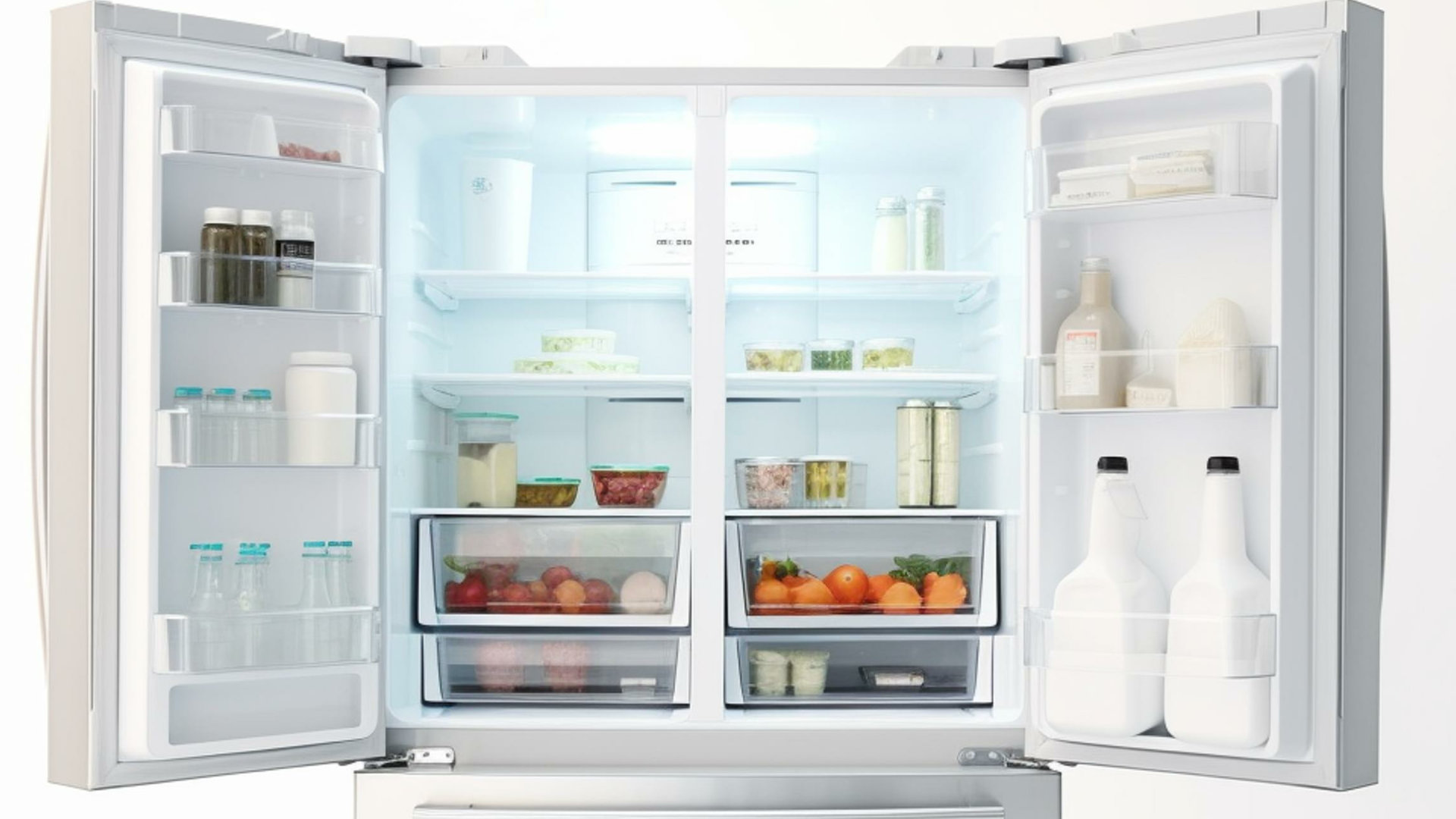
How to Properly Clean Refrigerator Coils
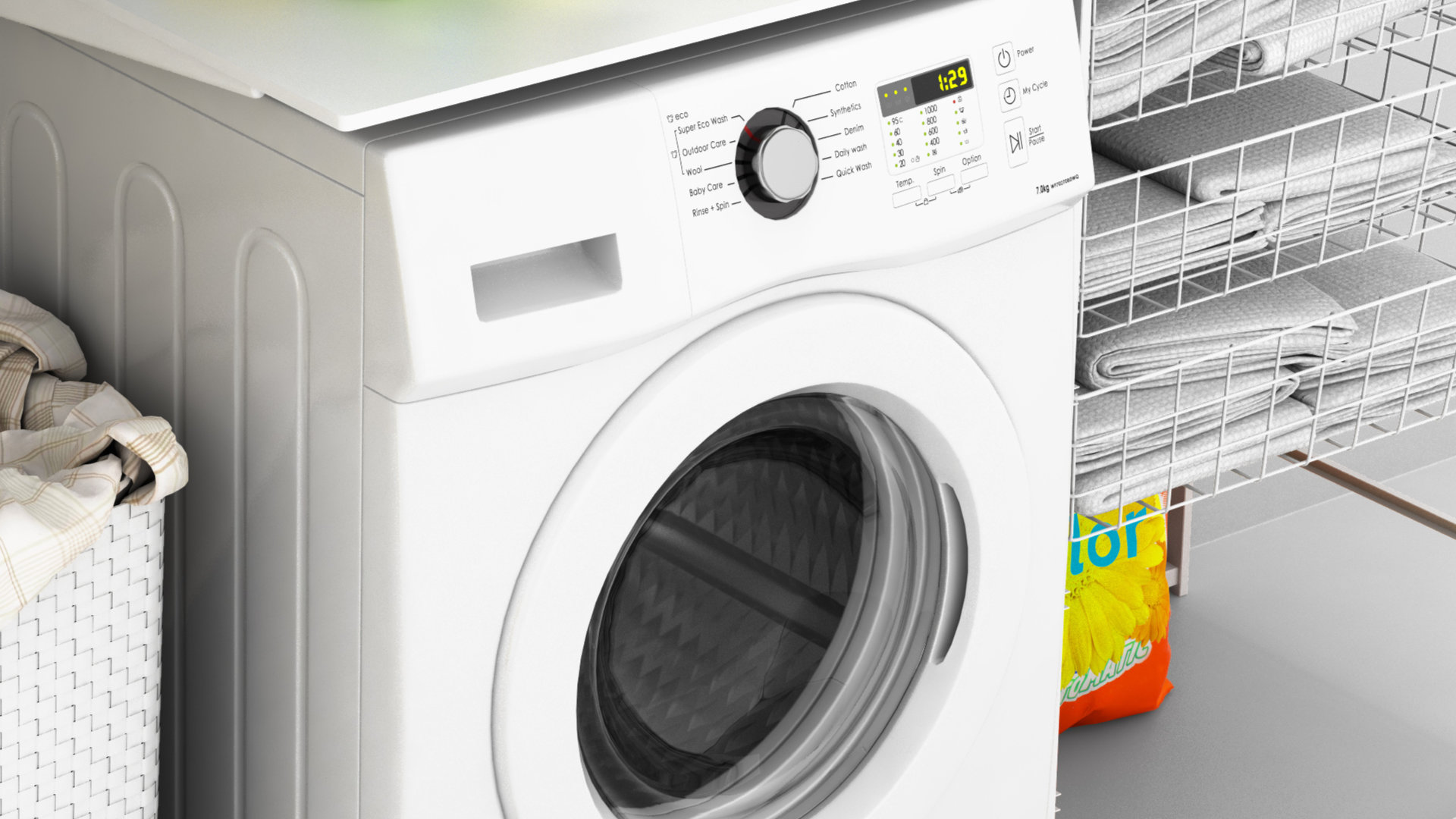
How to Fix an LG Washer Showing OE Error Code
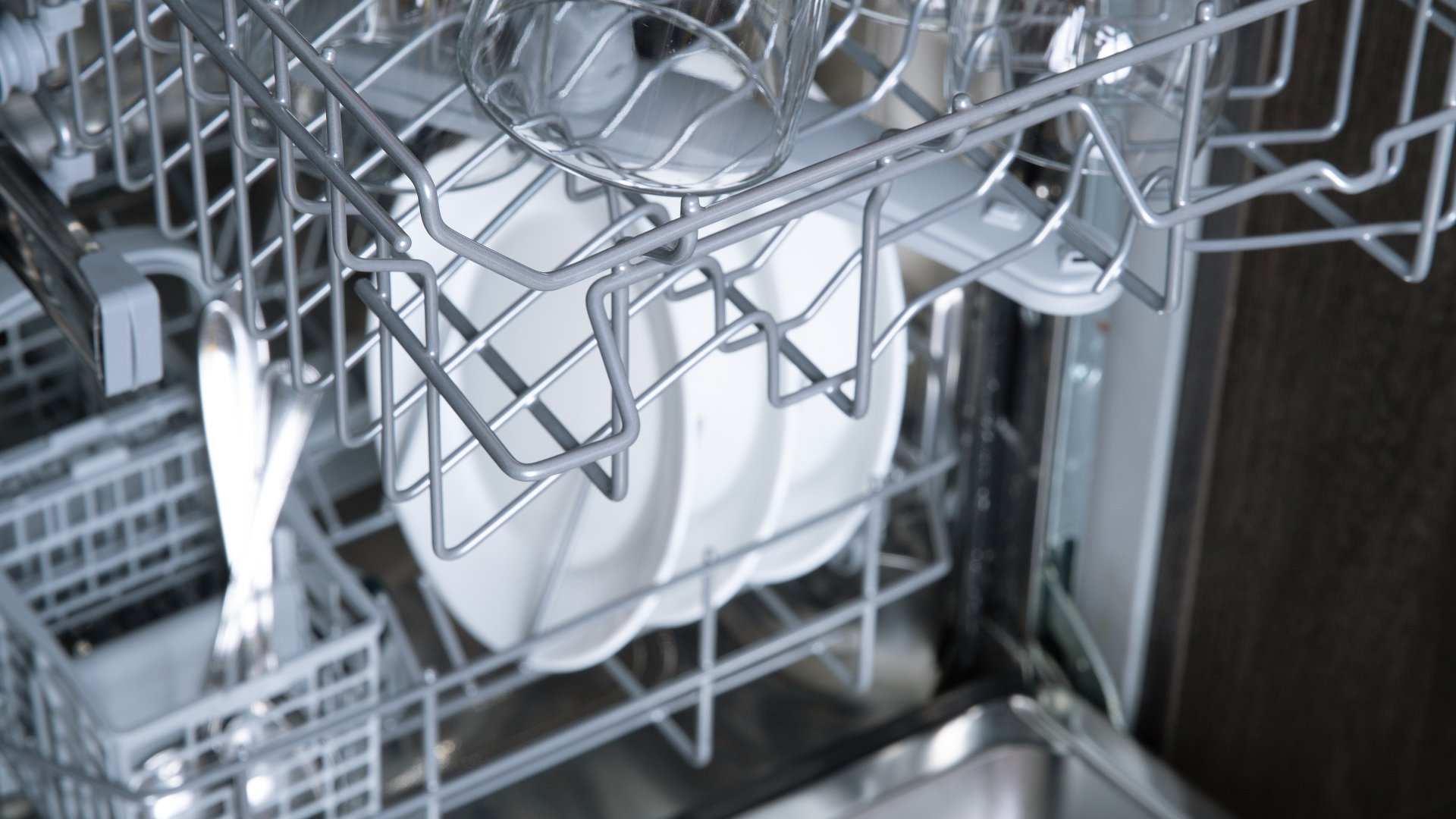
Troubleshooting a GE Dishwasher with No Power and No Lights
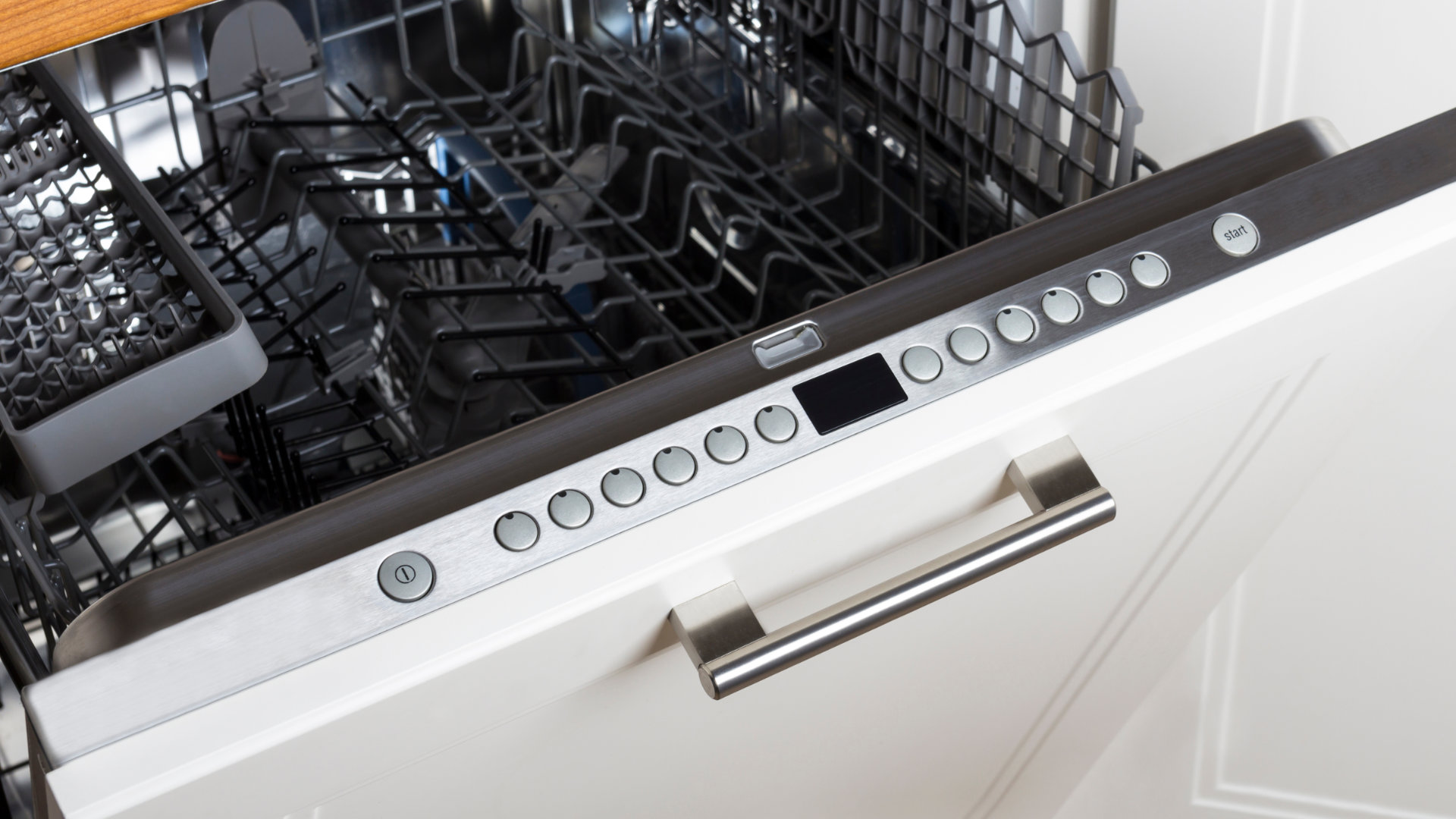
10 Reasons Why Your Bosch Dishwasher Won’t Start
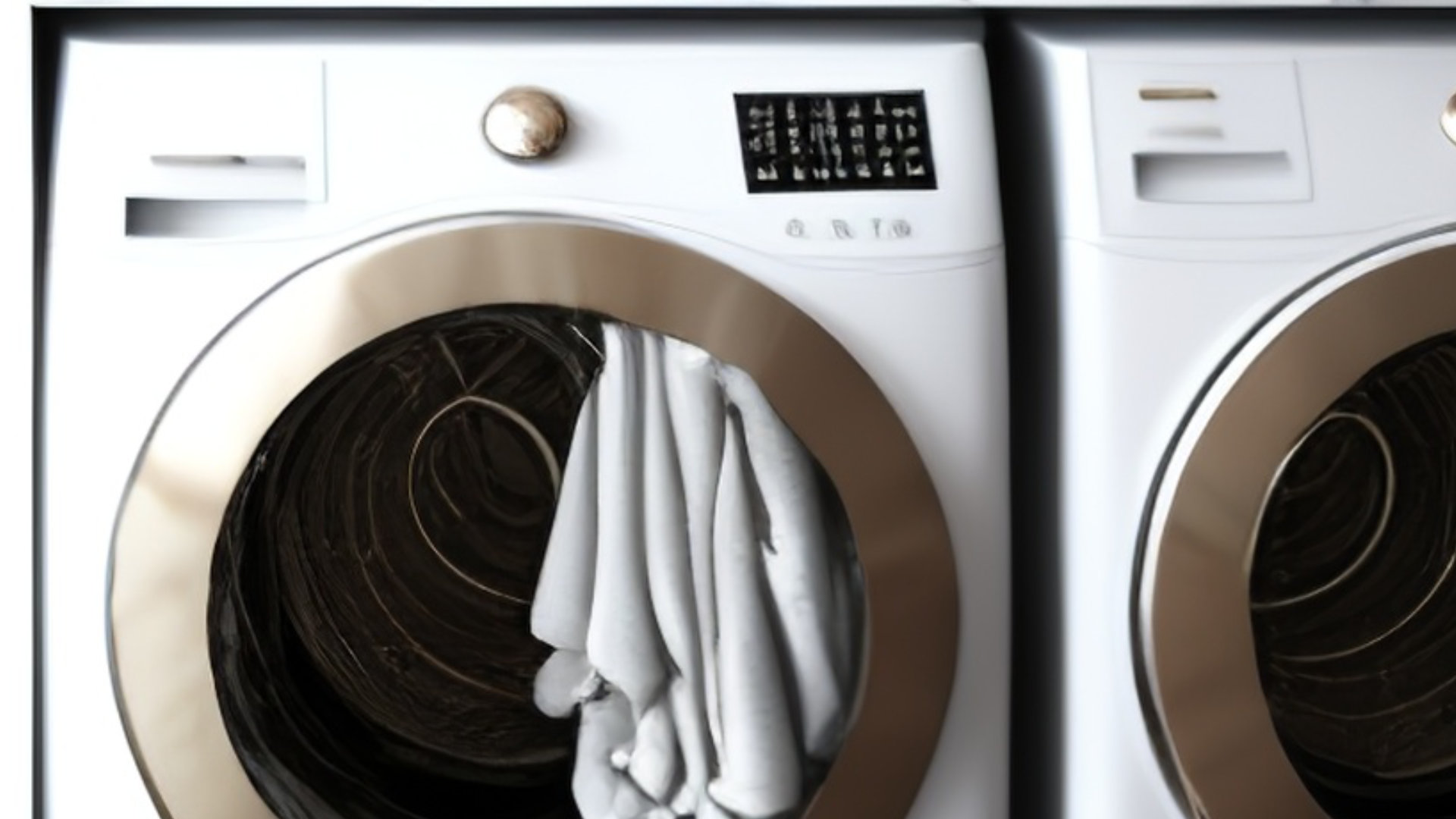
Troubleshooting the F5 Error Code with a Maytag Washer
